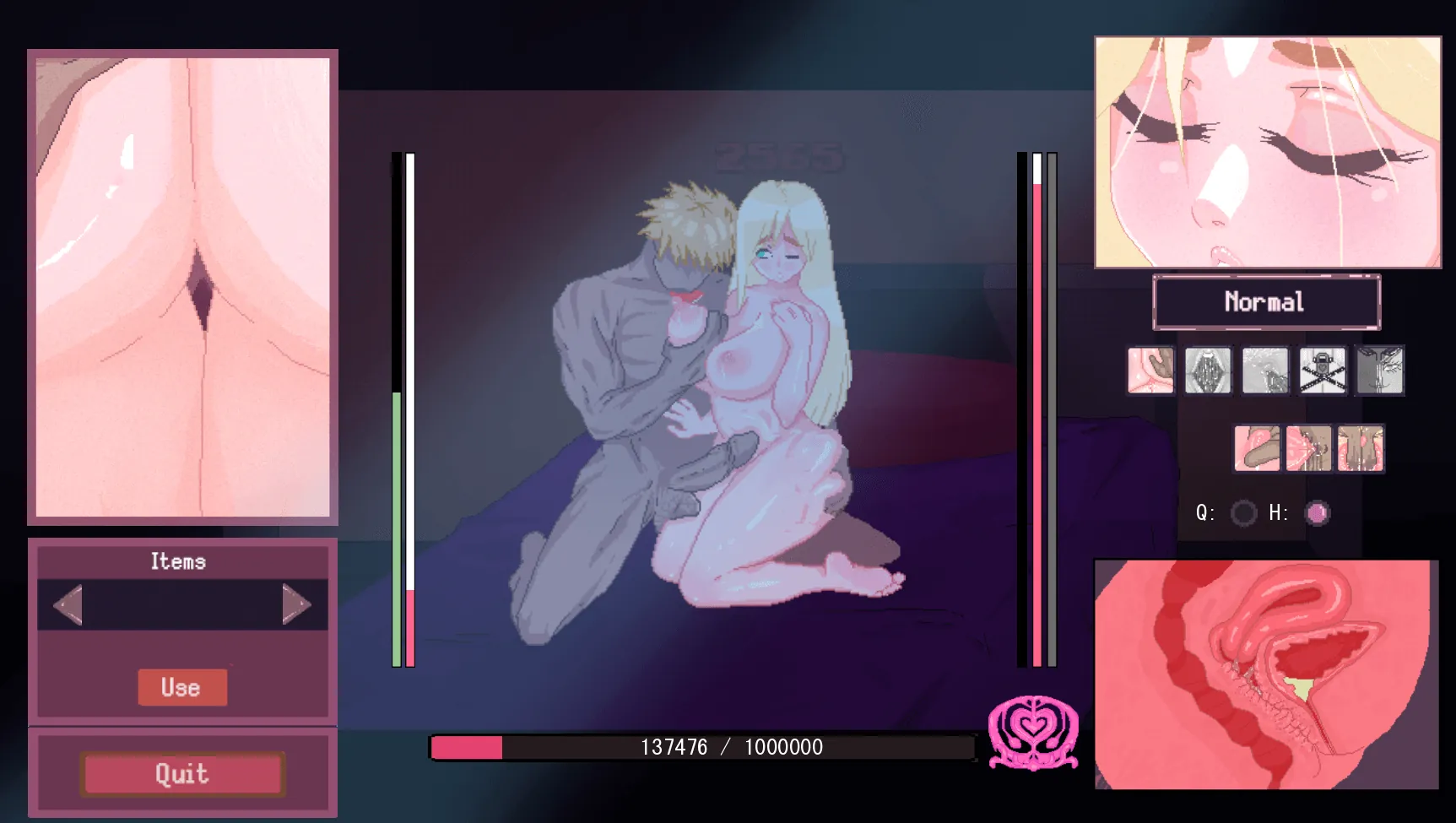
Meeting
Play Meeting
Meeting review
Exploring the unique features and gameplay of Meeting
Meeting is an immersive interactive game that captivates players with its unique storyline and engaging gameplay. This article explores the core elements of Meeting, providing insights into its mechanics, characters, and player experience. Whether you’re new to Meeting or looking to deepen your understanding, this guide offers a comprehensive overview that highlights what makes this game stand out in its genre.
Understanding Meeting: Gameplay and Storyline
Ever found yourself in a meeting that was so utterly bizarre, so completely off-the-rails, you thought you’d stepped into an alternate reality? 😵 That’s the exact feeling Meeting captures and turns into a brilliantly interactive experience. It’s not your typical game; it’s a sharp, witty, and surprisingly profound simulation of corporate life where every choice you make sends ripples through the narrative. This Meeting game overview will pull back the curtain on one of the most unique titles you’ll play this year.
If you’re fed up with predictable storylines, you’re in for a treat. The core of this experience is its unparalleled interactive storytelling. Meeting doesn’t just tell you a story; it reacts to you. It remembers your petty squabbles, your moments of kindness, and your desperate attempts to seem like you know what a “Q4 projection” actually is. I remember my first playthrough, I decided to side with the overly enthusiastic intern against a cynical senior manager. I didn’t realize that single decision would lock me out of an entire subplot two hours later! That’s the magic of this game. ✨
### What is Meeting? An Overview
At its heart, Meeting is a narrative-driven adventure game set in the most mundane yet terrifying of places: the modern office. You play as a new employee on your first day, thrust into a crucial project meeting that quickly spirals into a web of office politics, personal dramas, and absurd corporate jargon. The goal isn’t to conquer a battlefield but to navigate a conference room, using your wits, dialogue choices, and observation skills to survive the day and uncover the secrets of your coworkers.
This Meeting game overview wouldn’t be complete without highlighting its unique charm. It masterfully blends satire with genuine human emotion. One minute you’re laughing at a colleague’s obsession with granular synergy, and the next, you’re uncovering a touching story about another’s struggle with imposter syndrome. It holds a mirror up to office culture, and depending on your choices, the reflection can be hilarious, heartbreaking, or a perfect mix of both. This is the essence of the Meeting game narrative—it’s deeply personal and shaped entirely by you.
### Key Gameplay Mechanics in Meeting
The Meeting gameplay mechanics are deceptively simple but incredibly deep. You don’t have a health bar or an ammunition count; your primary resources are attention, social capital, and time.
- The Dialogue Wheel: Your main tool. Conversations are real-time, and you often have to choose a response under a time limit, mimicking the pressure of a real meeting. Will you be Assertive, Passive-Aggressive, Supportive, or Distracted (my personal favorite)? Each choice affects how characters perceive you.
- Observation Mode: You can zoom in on characters and objects in the meeting room. Noticing a half-hidden resignation letter on the boss’s desk or a nervous tick a coworker has can unlock new, more informed dialogue options later. Paying attention is a superpower. 🔍
- Relationship Web: The game features a dynamic relationship map that changes in real-time based on your actions. Aligning with one person might alienate another, opening up some story branches while permanently closing others.
The beauty of these Meeting gameplay mechanics is how they empower the player. You truly feel like the author of your own cringe-worthy or triumphant office saga.
To better understand how your choices directly influence the world, here’s a breakdown of some core features and how they map to the people in the room:
| Gameplay Feature | Primary Function | Impact on Meeting Characters |
|---|---|---|
| Dialogue Choice | Determines immediate conversation path | Builds trust or rivalry; unlocks personal quests |
| Observation Mode | Reveals hidden clues & character details | Provides leverage in conversations; reveals secrets |
| Relationship Web | Tracks faction allegiances & reputations | Dictates who will support or undermine you in key votes |
### Characters and Story Development
The soul of Meeting lies in its incredible cast of Meeting characters. They are not just archetypes; they are frustrating, endearing, and deeply human pixels stuck in the same corporate machine you are. There’s Brenda from Marketing, who speaks exclusively in mind-numbing buzzwords. 🤖 Then there’s David, the weary team lead who has seen it all and just wants to get through the agenda. And you can’t forget Chloe, the intern whose optimism is either infectious or incredibly annoying, depending on your choices.
The interactive storytelling Meeting employs is genius because these characters’ stories are inextricably linked. Helping David streamline the project might require you to throw Brenda’s overly complicated marketing plan under the bus, damaging your relationship with her. Conversely, siding with Brenda might earn you a powerful ally but demoralize the rest of the team. The game forces you to make tough calls that have real emotional weight.
I’ll never forget my first encounter with Mark, the quiet IT guy everyone ignores. I used Observation Mode and noticed he was reading a programming forum on his laptop instead of the meeting notes. When I later got stuck on a technicality, I had the option to ask him for help privately. Because I’d noticed him earlier, I could speak his language. This one interaction unlocked a whole side story about his dream of being a game developer, a narrative thread I would have completely missed if I’d just kept my head down. That’s the power of its interactive storytelling. Meeting rewards curiosity and empathy. ❤️
Figuring out how to play Meeting game is less about learning controls and more about adopting a mindset. Here are two crucial Meeting game tips I learned the hard way:
Tip #1: There are no “right” choices, only interesting ones. Don’t reload a save if a conversation goes badly. Some of the most memorable moments come from spectacular failures and unintended consequences!
Tip #2: Listen more than you talk. Use Observation Mode constantly. The details in the environment are often the key to resolving conflicts and understanding the Meeting characters on a deeper level.
The Meeting game narrative is a tapestry woven from your decisions, big and small. It’s a game you’ll want to play multiple times just to see how different choices paint a completely new picture of the same nine people in a room. So take a deep breath, grab a virtual coffee, and step into the conference room. Your story is waiting to be written.
Meeting offers a compelling interactive experience that combines engaging storytelling with dynamic gameplay mechanics. Its well-developed characters and immersive narrative invite players to explore multiple paths and outcomes, making each playthrough unique. Whether you’re a seasoned player or new to the game, Meeting provides a rich environment to enjoy and discover. Dive in today and experience the captivating world that Meeting has to offer.










